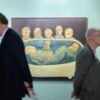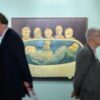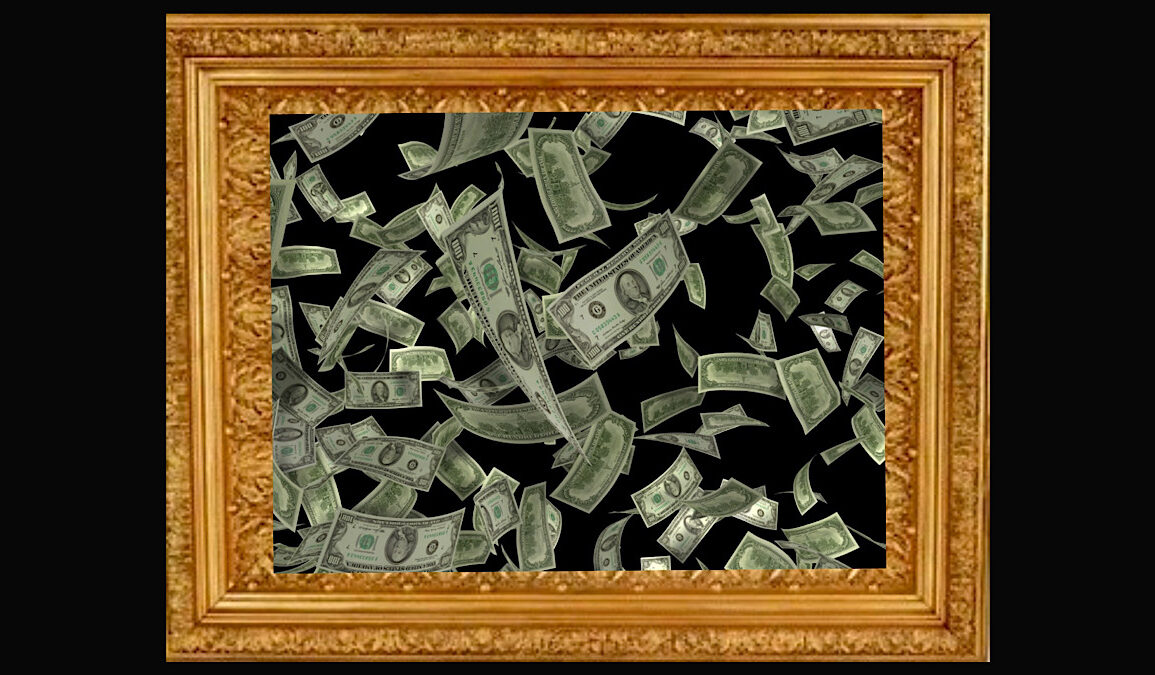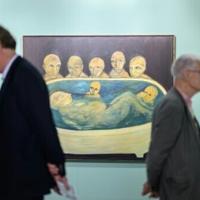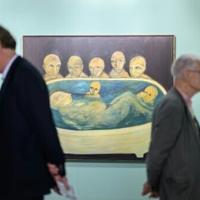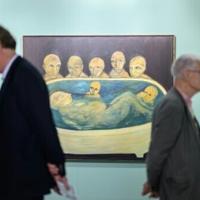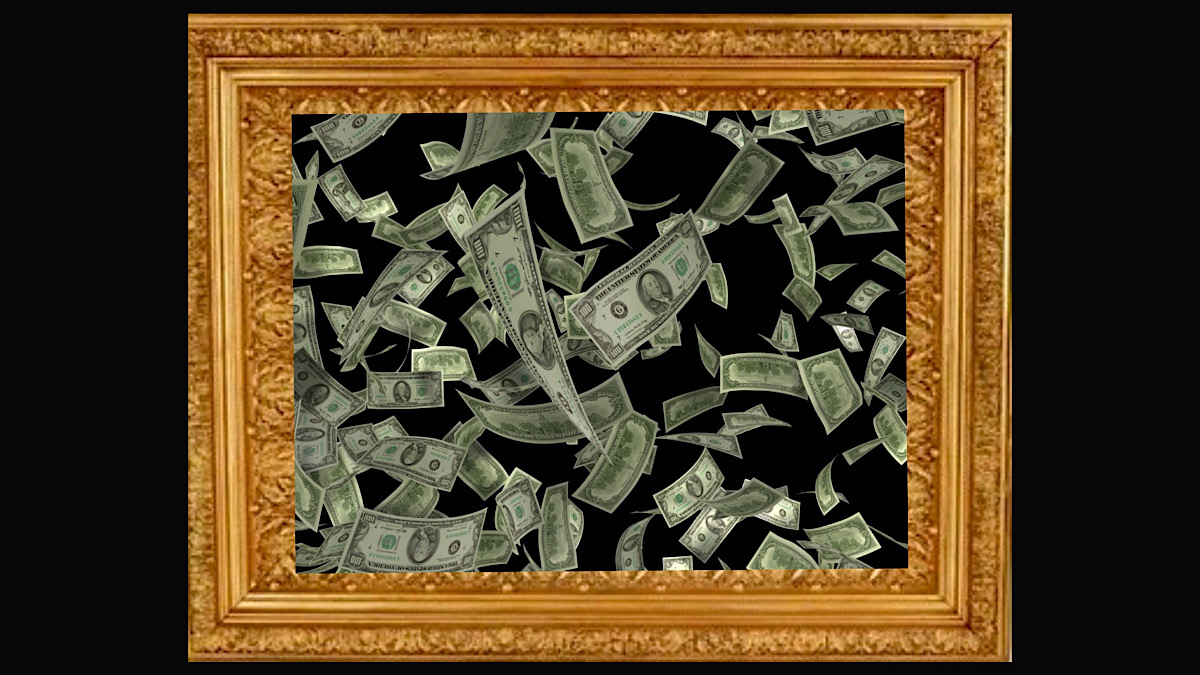
It’s time to shed some light on wealth management, which attracts many collectors and investors who are increasingly seeking advice and guidance to manage and increase their wealth through a variety of alternatives. A previous Deloitte Art & Finance report indicated that 64% of wealth advisors offer services related to art and other collectibles. A delicate process that, however, requires ongoing and necessary training on the part of advisors on how to best expand portfolios to include art.
A little history to better understand doesn’t hurt
It was 1974 when the British Rail Pension Fund decided to invest in art, allocating around £40 million (over €48 million) to the venture, or about 3% of its holdings at the time. British Rail engaged with Sotheby’s, which offered “free” advice on the condition that any sales from British Rail’s portfolio would go through Sotheby’s. The importance of the British Rail experiment, the success of which remains debatable, was that it was the first systematic and large-scale attempt to treat art as an investment vehicle. Who doesn’t remember the 80s and early 90s when there was a sudden boom in the art market, capitalising on the fashion that was riding the passion for impressionist and post-impressionist paintings. But the real and great escalation in prices was recorded between 1987 and 1990, after the stock market crash of 1987. The market strategy that led Van Gogh to become the most interesting artist of the moment with the sale of Sunflowers in 1987 to the Japanese fire insurance company Yasuda for 39,9 million dollars. Immediately after we record the sale of Iris to the Australian entrepreneur Alan Bond for 53,9 million dollars and finally – but it’s still early days – the sale of the painting Portrait of Doctor Gachet for 82,5 million dollars, again for a Japanese business magnate, Royei Saito.
Art Market in Money Markets
In fact, the Japanese period saw prices artificially forced by an influx of money from institutions, individual speculators and, as it later emerged, an elaborate Japanese money laundering operation. It was also the golden age of auction houses, which began to appear in increasingly organised forms, while many dealers or galleries struggled to compete with retail prices. And so, while auction rooms thrived, many dealers operating in the more traditional sectors of the secondary market could no longer keep up with the spiral of prices or compete with the incursions of auction houses into the retail market. From that moment, or rather from the 90s, everything changed and it is contemporary art that enters and wins the financial interest and the trend of the markets for a possible revaluation, even if it will always remain a “volatile” segment to be constantly monitored.
Fairs and Auction Houses
In this new market model, fairs such as Art Basel, the Frieze Art Fair, the Armory Show in New York to highlight TEFAF, the European Fine Art Fair in Maastricht come into play, which among the carefully selected masterpieces is not difficult to notice among visitors, international investors with prominent names. A true kermesse of galleries where everything is carefully controlled by experts who evaluate access to the works, but let’s not forget the advertising power that fairs offer compared to a traditional art gallery.
Popularity and scandals
The growing popularity of the fairs can also be attributed to a scandal that shook the art market starting in 2000, when the then CEO of Christie’s, Christopher Davidge, provided federal investigators with a file of documents indicating that the two companies may have violated antitrust rules because of the commissions. All to win an entire collection. A fact that saw the two most powerful auction houses in the world face fines and taxes totaling almost 590 million dollars. Although the following year Sotheby’s profits were roughly halved, those who thought that the domination of Sotheby’s and Christie’s on the global art market would end were wrong, after a short break everything went back to normal, giving the auction houses once again the primacy in number of works offered, quality and price offered on estimates that invite competition for the hammer, obviously in control and respect of the rules. Even if we tend to interpret the art market with actors like the Montagues and Capulets of the latter days, engaged in a heroic battle to the death, the outside world tends to observe what will happen next in this market that would need a real “deregulation“.
This post was originally published on this site be sure to check out more of their content

